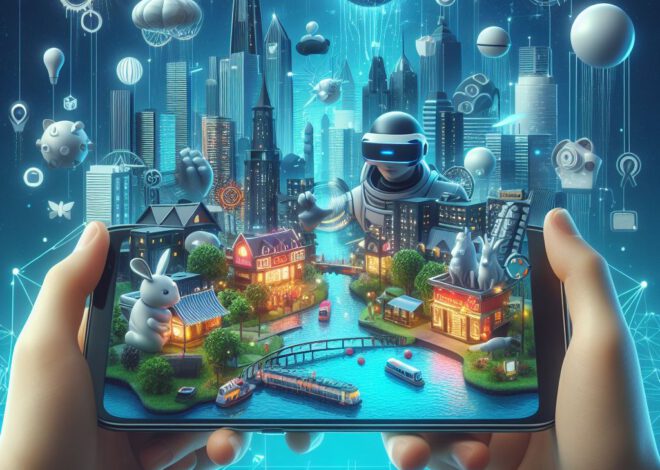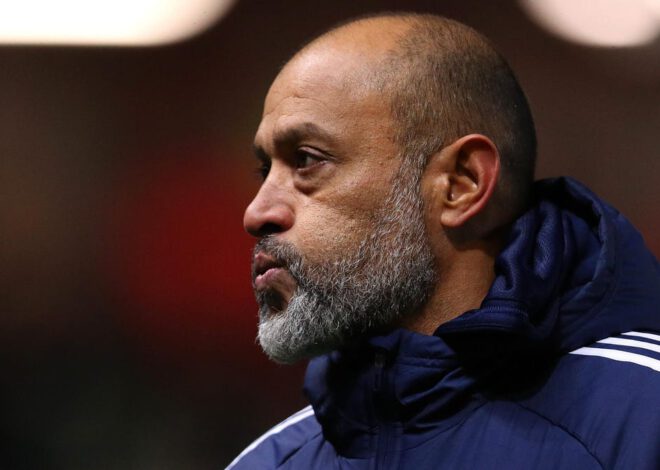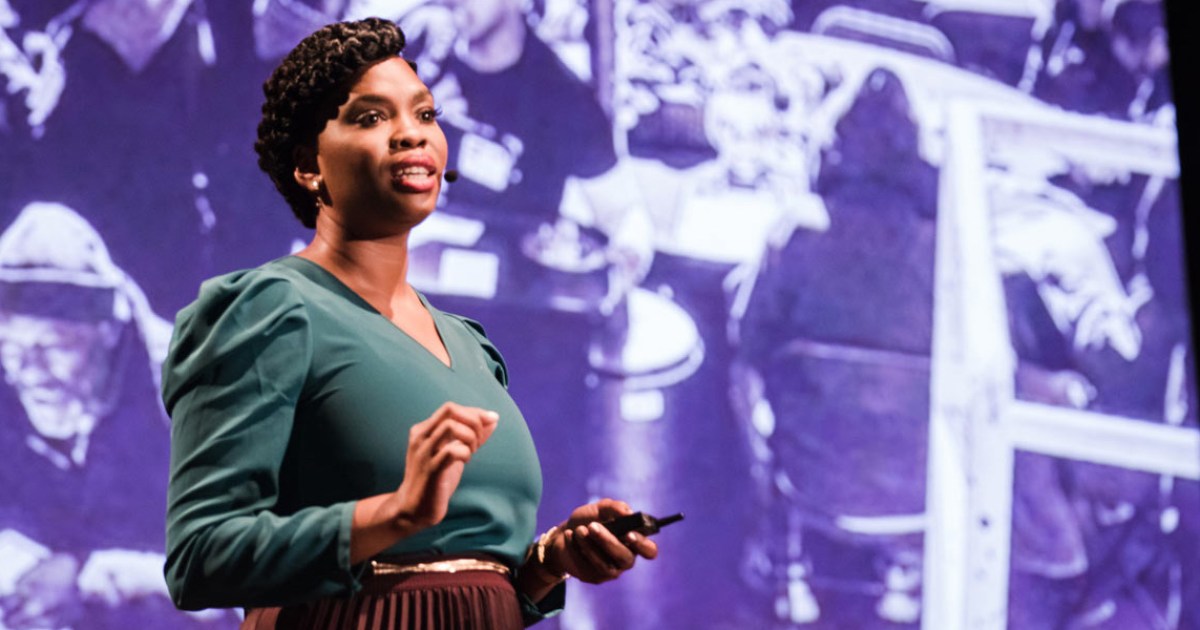
These Female Tech Leaders Work to Improve Lives of Others
It’s no secret women and men often see things differently. It turns out they do so not only in the aspects of everyday life, but also in technology, robotics and even app development. Women tech entrepreneurs often say that their innovation ideas are sparked by specific problems humans are faced with. They may decide to build a robot to help the sick, code an app to feed the hungry, or solve a specific wardrobe challenge known only to women. They are also introducing high-tech solution to the areas not traditionally thought of technology frontiers. Here five female entrepreneurs share their career paths to success and opinions on the importance of gender diversity.
Marita Cheng
For Marita Cheng, founder of Aubot, an Australian company that makes Teleport, a telepresence robot, the path to a technology career started with a desire to solve a very practical problem. When Cheng was in college she realized that many people, especially the elderly, forget to take their medications. So together with a friend, she created a reminder application, called Nudge, that reminded people to take their pills.
“We entered our business plan into a competition and we came first in the undergraduate division,” she recalled.
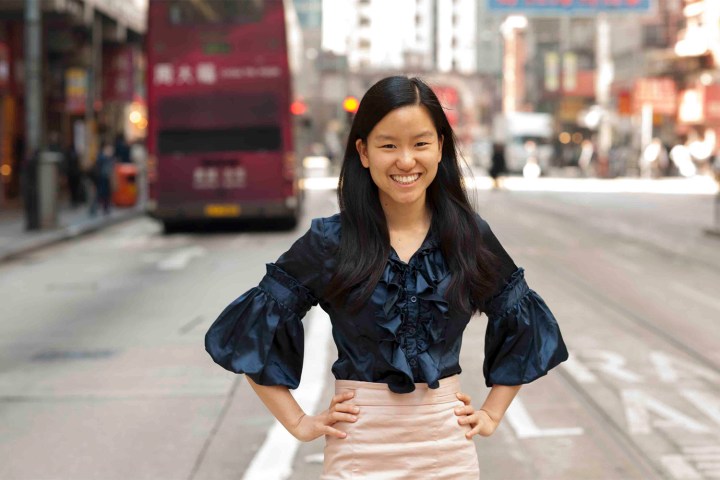 Aubot
Aubot
Cheng launched Teleport, which allows people to interact with each other via a mobile video-conference, for a similar reason — solving practical problems with robotic technology. Teleport allows critically sick children, including those who must remain in hospitals, to attend schools. It allows adults with disability, or a temporary illness, to avoid missing days in the office, dialing into the office settings from their home and having a more human-like communication experience. The patients dial from their computer or a mobile device to the Teleport robot, located in schools, hospitals or museums, which allows them to be present at different locations via teleconferencing.
“We work with a nonprofit organization in Australia, which works with sick children and uses our robots,” Cheng said.
Cheng founded an organization that works to spark young women’s interest in robotics.
Besides building robots, Cheng also spent a lot of time building a female roboticist community. She founded an organization, called Robogals, that works to spark young women’s interest in robotics. After starting the first Robogals chapter in Australia in 2008, she studied in England for 10 months as an exchange student, where she started another chapter.
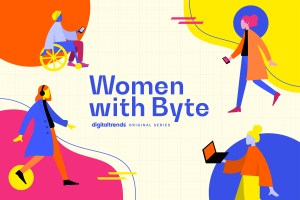
“I thought it would be cool to have girls to do this in the U.K., so I set up a Robogals chapter there also.” That gave her the idea of expanding the Robogals presence back home. When she returned, she organized a Robogals conference, teaching about 20 young women from different parts of Australia how to start and run a chapter back home. The initiative took off, quickly gaining international presence. In 2016, over 55,000 girls have taken a Robogals workshop, and by 2020, Robogals is aiming to reach 200,000 girls worldwide.
Cathy Devine
While most would think brassiere designs to be universal, Cathy Devine, vice president of Innovation at Soma, thought the process of finding a well-fitting bra could use an upgrade. Many women spend hours at department stores trying these garments on and leave dissatisfied, she said. Even when salespeople offer personal measurements to help women find correct sizes, the bras don’t necessarily fit the individuals’ shapes.
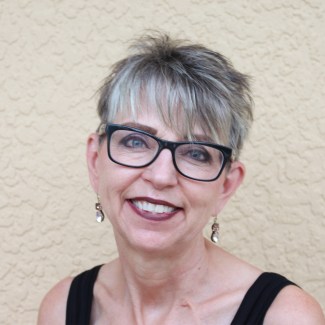 Vice President of Innovation at Soma, Cathy Devine Soma
Vice President of Innovation at Soma, Cathy Devine Soma
“We wanted to take the guesswork out of the process,” Devine said. “So we created Somainnofit.”
You can think of the Somainnofit as a “smart bra” or perhaps even a “bra concierge” that gives you the utmost privacy, sparing you the physical tape-measuring experience. When you put it on and connect it via Bluetooth to the corresponding app, the bra takes your personalized size and shape measurements through its four built-in copper wires that run across and below the bosom. The app guides consumers through the process and calculates what Soma bras would be fit best to their specific shape.
“You download the app, you put the garment on, and it guides you through the process and the bra calculates the measurements from the circuitry line,” Devine said. The app also uses a woman’s feedback to make these suggestions more precise. “Some women like their bras a somewhat loose and others more snug. The app recognizes these personal preferences and it will recalibrate your choices.”
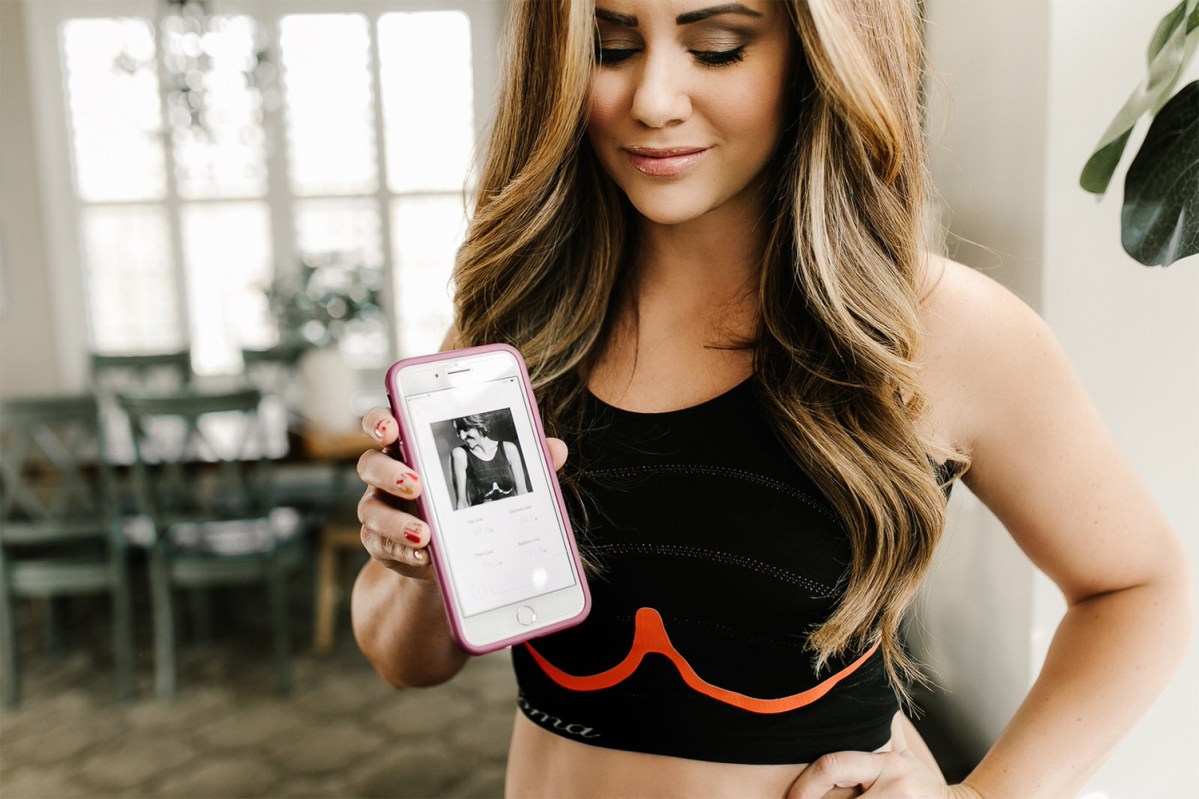 Soma
Soma
Multiple women can use the same Somainnofit by downloading the app and entering their unique bra identifier. It is intended for a long-term use — it can help women find the right undergarments through various life stages that affect their shapes and sizes, such as pregnancy, nursing, or menopause-related changes.
“We are hugely supporting of women, figuratively and literally.”
It also can be helpful to those who underwent breast surgeries that augmented their shapes, regardless of the reason. A breast cancer survivor herself, Devine said that every patient’s experience is unique, but it undoubtedly impacts the women’s shape and how they feel about themselves.
“Ultimately we found most women are looking for the new normal,” Devine said, “And we are hugely supporting of women, figuratively and literally.” In the 21st-century the process of finding a bra that fits shouldn’t be daunting — and that’s what Somainnofit technology does.
Jasmine Crowe
Jasmine Crowe did not start her career as a tech guru at all. She was a communication professional who worked for non-profit companies, while also cooking dinners for the poor, hungry, or homeless — with her own money.
“I wasn’t rich, I was just really good at buying food on sale and figuring out how to stretch the budget,” Crowe said. “I had friends and family members who experienced hunger and I wanted to help people who had no money to buy food. And I wanted them to eat with dignity.”
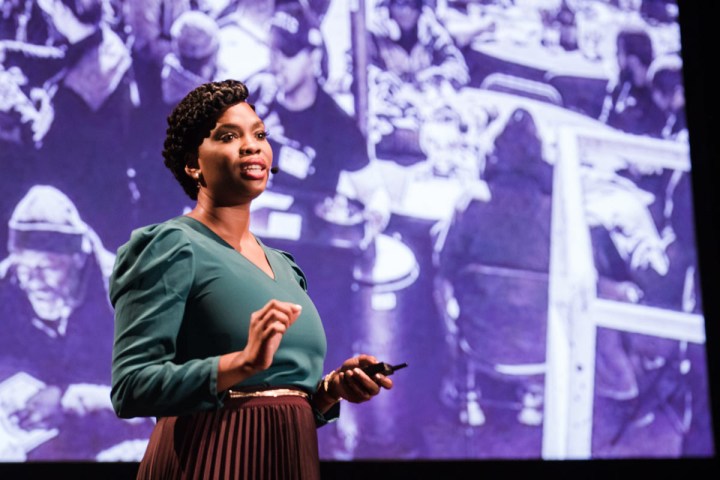 Goodr
Goodr
Crowe created a formal pop-up Sunday dinner event where members of the Atlanta homeless community could enjoy a restaurant-like experience. When a video of her Sunday dinner went viral, people began asking her what restaurants were donating food.
“No one was donating food — I was cooking 20 hours a week to feed 300 or 400 people,” Crowe said. “And when I researched how to get restaurants to donate food I read that 72 billion pounds of food in America is going to waste every year.”
“Just to do the research and understand what you are getting into, and don’t give up.”
To Crowe, this problem was unacceptable and she decided to solve it — by creating an app like “UberEats in reverse.” But for someone who wasn’t a coder, it was hardly an easy thing.
“It was a huge learning curve for me,” Crowe recalled. “I essentially sat down and went to school, I researched technology and terminology, I entered hackathons, and I worked with tech students.”
Ultimately, Crowe created Goodr, an app that allows a participating restaurant to indicate that it has food to donate. Then, a driver gets dispatched to pick up the food and delivers it to the non-profit organization that will use it to feed the hungry. The blockchain component helps with donation transparency; restaurants can easily trace where the food went. The amount of food Goodr is able to donate and distribute varies, but it typically ranges from 1,500 to 5,000 meals a week — and it’s growing.
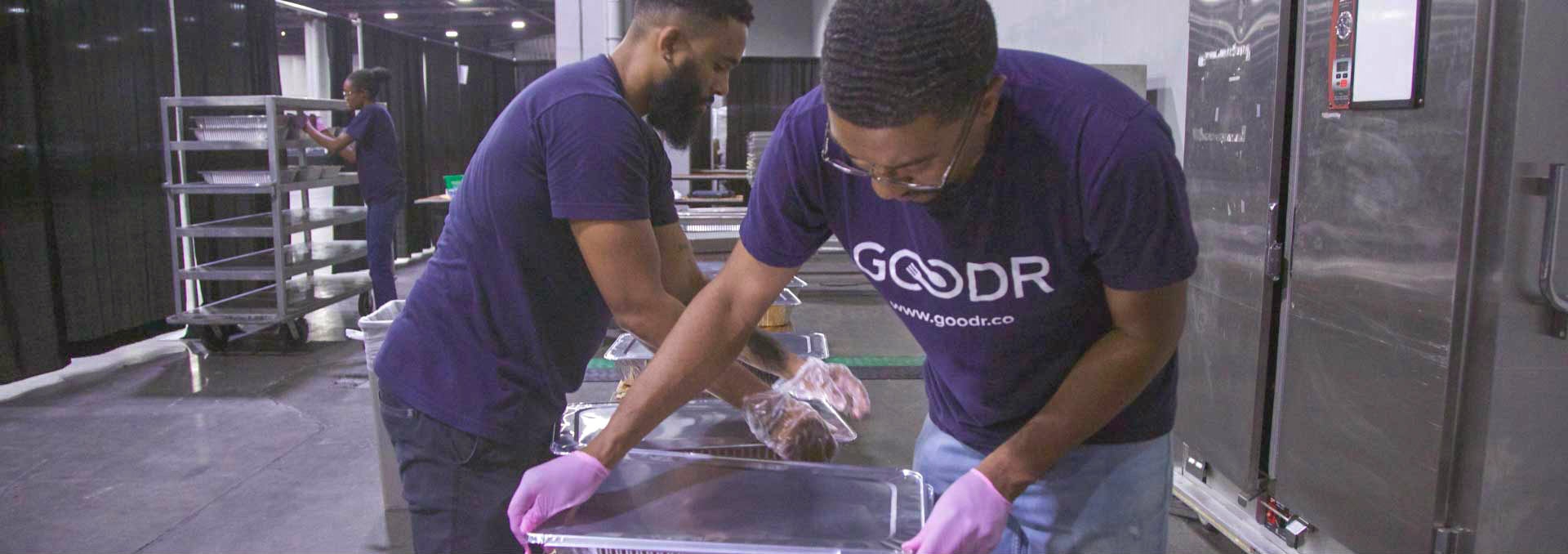 Goodr
Goodr
“During the last Super Bowl week we fed 60,000 people,” Crowe said. She is working to attract a greater variety of participants — more restaurants, grocery stores, airports, and convention centers. Her advice to other female entrepreneurs who may feel challenged by technology they don’t know is to stick with it.
“Just to do the research and understand what you are getting into, and don’t give up.”
Melinda Richter
For Melinda Richter, the global head of JLABS, her career pathway was two-phased with an unexpected life-altering twist — and ultimately, the desire to fill a medical void.
A Canadian who was born in a 1,000-square foot house and grew up with five bothers and three sisters, Richter was adamant about having a successful career in technology. She was on a fast-track career path at a telecommunication company, working in different business units and different cities, but then things took an unexpected turn.
Turning Tragedy into Opportunity to Improve Health Care – Melinda Richter Keynote – Startupfest 2017
While working in China, Richter fell critically ill, having contracted a life-threatening zoonotic disease caused by a bite of a small insect found in Asia. Shocked that her diagnostics and treatment took so long that she nearly died, Richter reconsidered her innovation priorities. Once she recovered, she switched focus from telecommunication to medical innovation.
Launching a career in the new field wasn’t simple. “No big medical company would hire me as an expert in innovation, I didn’t come from the field, I didn’t have a Ph.D., why would they?” she said.
So, she had to find other ways to break in. She began working with life sciences entrepreneurs helping them to connect with the big industry players who could invest. As she did this, she began to see certain trends, roadblocks, and ways to improve them. Every person has their little superpowers, Richter said, and she had hers.
“My ‘superpower’ is to take in a bunch of information and see patterns and trends that other people may not see.”
“My ‘superpower’ is to take in a bunch of information and see patterns and trends that other people may not see.”
The patterns Richter saw was that innovating in the medical field was incomparably harder than in information technology. Unlike IT professionals, who primarily needed powerful computers to create new products, medical entrepreneurs required cutting-edge equipment, microscopes, chemicals, and live cultures. The medicines they were designing had to be tested in in-vitro first and then in animal models, and later in human clinical trials — totaling millions of dollars and years worth of wait.
To fill that void, Richter worked with Johnson & Johnson to create JLABS — an innovation launching pad where medical startups can test their promising medicines or develop their ideas enough to get funding. JLABS launched in 2012, and since then signed over 450 companies in 13 cities, including San Diego, Toronto, and New York.
“I was able to do it because I came from a tech commercialization background,” Richter said. “That allowed me to create efficiencies and new innovation models.”
Click here to read more about JLABS.
